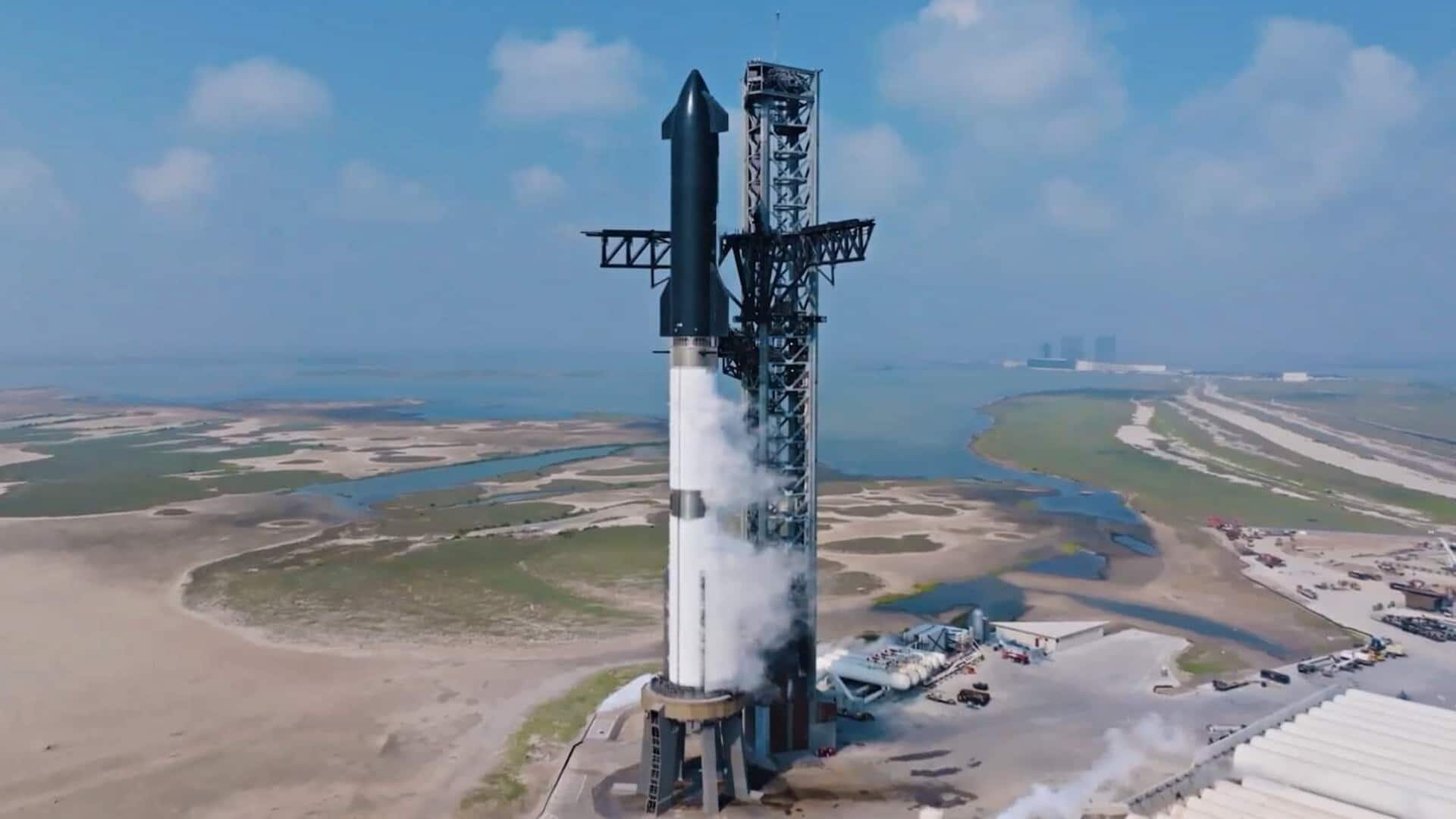
SpaceX's Starship approved for NASA's future launches
What's the story
NASA has officially added SpaceX's Starship to its NASA Launch Services (NLS) II contract.
The addition to the existing contract with SpaceX, which already includes Falcon 9 and Falcon Heavy rockets, was announced on Friday.
The modification under the NLS II contract now opens the door for future NASA science missions to be conducted using Starship, once it successfully completes an orbital flight.
Contract history
SpaceX's history with NASA contracts
SpaceX has a long-standing relationship with NASA, having received billions of dollars in funding over the years.
The company is paid mission-specific amounts by space agencies like NASA and the Defense Department.
For instance, in October 2024, SpaceX was contracted to launch the Europa Clipper mission on a Falcon Heavy rocket for approximately $178 million.
Future plans
Starship's future role in NASA missions
The addition of Starship to the NLS II contract is just an onboarding process, considering the contract runs until 2032.
SpaceX is already under pressure to make Starship operational by next year.
The company intends to send an uncrewed version of Starship to Mars by late 2026 and possibly use it as a human lander for NASA's Artemis III Moon landing mission, which is fast approaching.
Flight setbacks
Starship's recent flight challenges
Despite its potential, Starship has struggled a lot in its recent flights. The rocket has failed to complete its mission in both of its two flights this year.
The latest flight on March 6 ended in an explosion after launch from Boca Chica, Texas, a major setback compared to previous flights that had successfully coasted in space for over an hour.
Future launches
Starship's future launch plans at Kennedy Space Center
Starship is expected to launch from Florida eventually, with a launch tower at Kennedy Space Center Pad 39A expected to be completed this year.
SpaceX's Gigabay Starship factory is also set to begin construction at the Kennedy Space Center in April.
The primary goal for now is a successful flight where the ship not only reaches orbit but also returns safely to its launch tower.